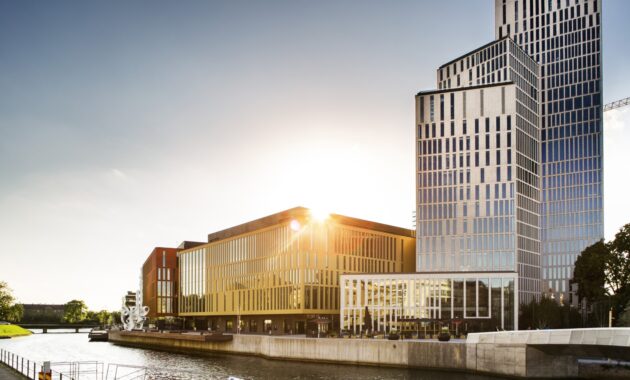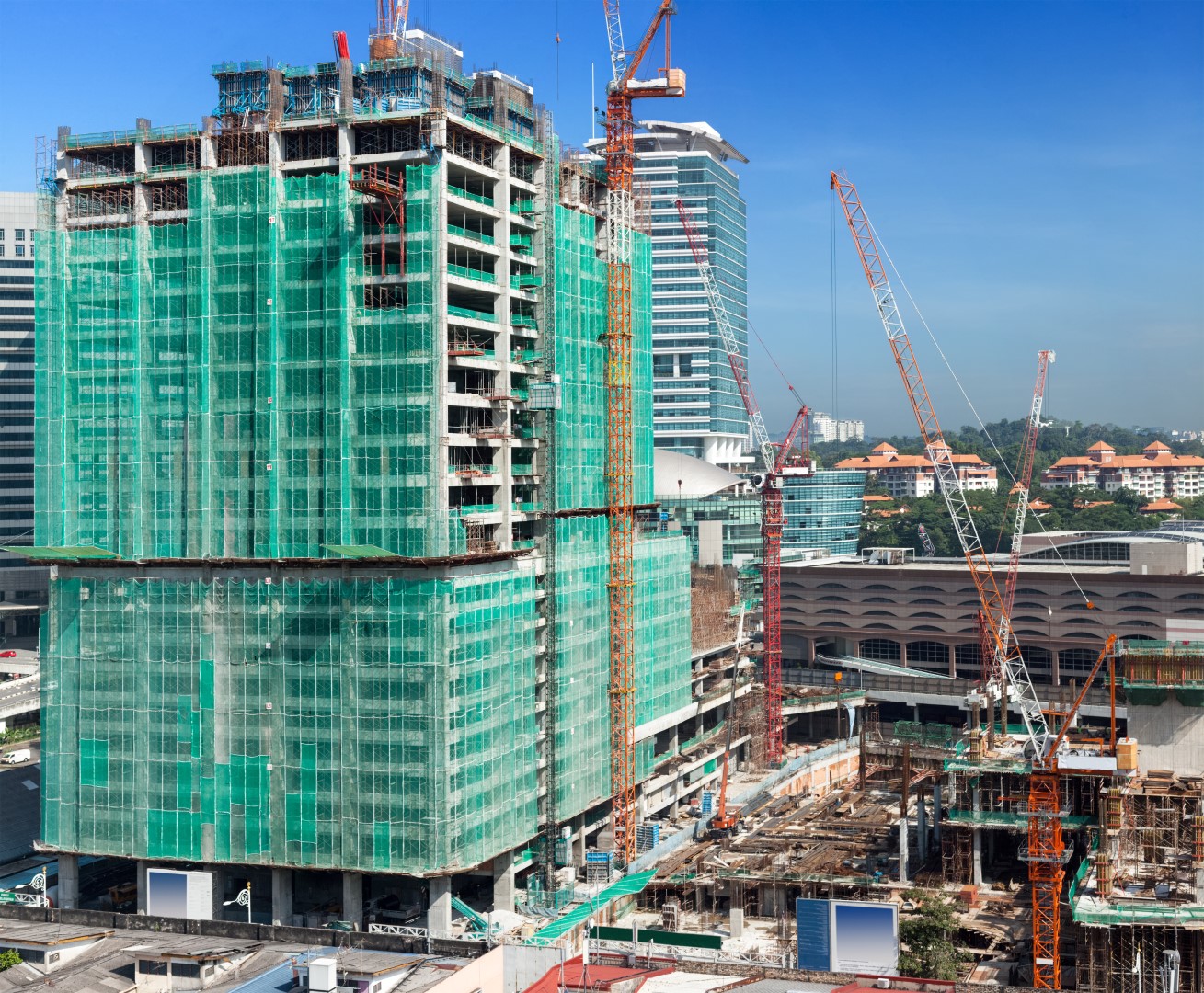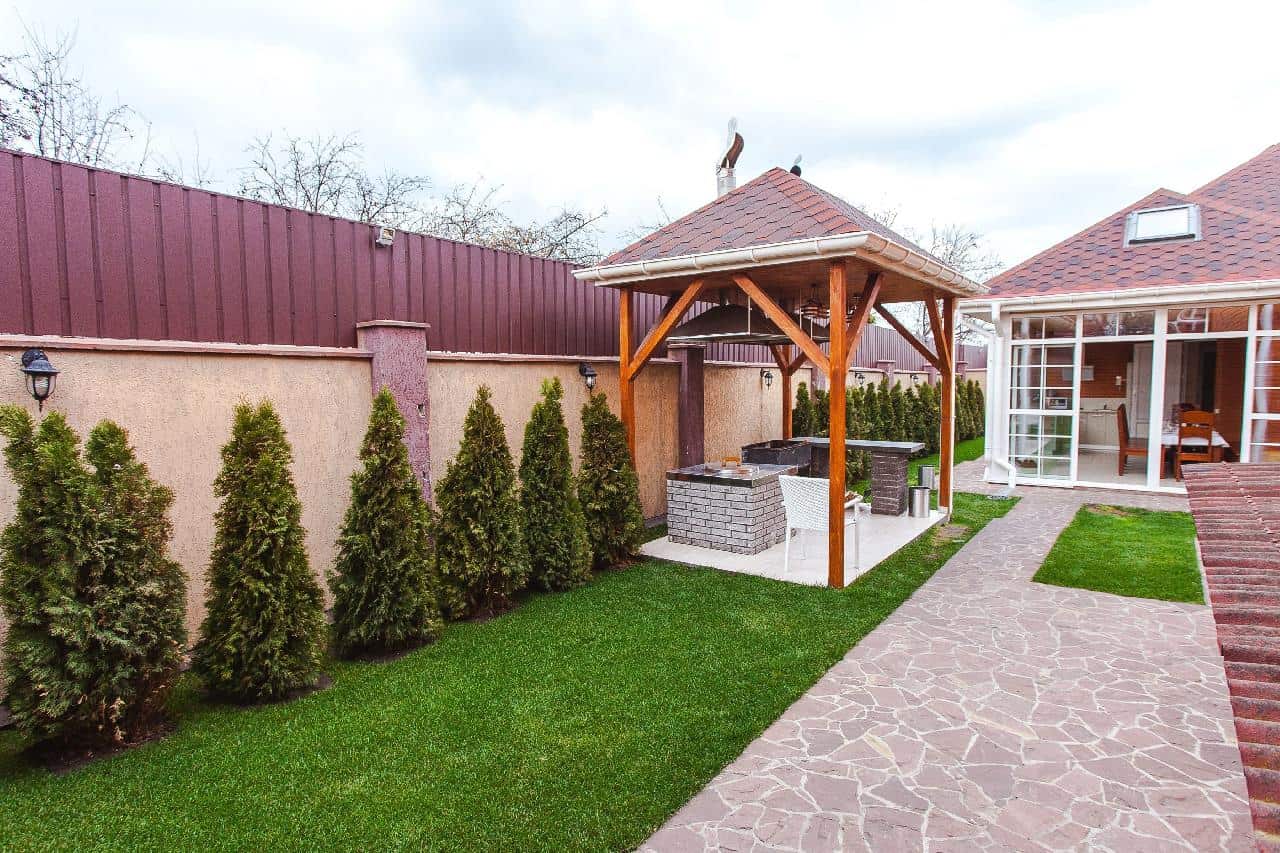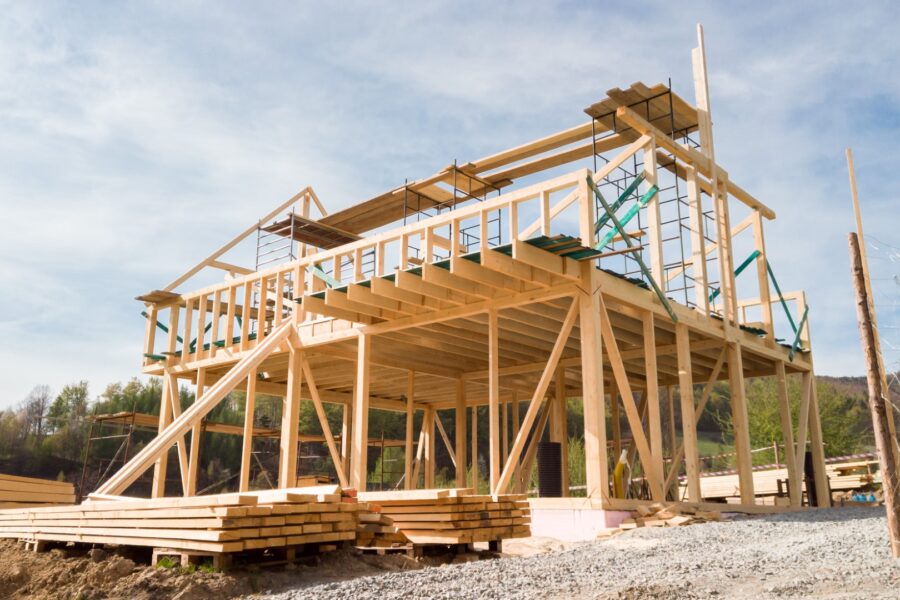When it comes to commercial buildings, perfection is key. Whether it’s an office complex, retail space, or hospitality establishment, a well-executed commercial building can have a significant impact on its success. From attracting tenants and customers to creating a functional and aesthetically pleasing environment, there are several key factors to consider when producing a perfect commercial building.
Planning and Design
The first step in producing a perfect commercial building is meticulous planning and design. Site selection plays a vital role in determining the success of the project. Factors such as location, accessibility, and neighboring businesses should be carefully evaluated. A prime location with high visibility and convenient access can greatly enhance the potential for success.
Collaborating with an experienced architect is crucial during the design phase. An architect can help translate your vision into a functional and aesthetically pleasing design. They will consider factors such as space utilization, natural lighting, and flow of the building to create a space that meets your needs and appeals to potential users.
Construction Process
Once the planning and design phase is complete, attention shifts to the construction process. Hiring the right contractor is essential for ensuring the successful execution of your project. Look for a reputable contractor with a proven track record and relevant experience in commercial construction. Review their credentials and previous work to ensure they are capable of delivering the level of quality you desire.
Choosing high-quality materials and utilizing advanced equipment are equally important. Selecting durable materials will ensure the longevity of the building, reducing maintenance costs in the long run. Incorporating advanced equipment and construction techniques can improve efficiency and speed up the construction process without compromising quality.
Effective project management is vital for keeping everything on track. Establish clear timelines and milestones to ensure everyone involved understands their responsibilities and deliverables. Regular communication and coordination between stakeholders, including contractors, architects, and suppliers, are crucial to avoid delays and ensure smooth progress.
Safety and Compliance
Safety and compliance are non-negotiables when it comes to commercial construction. This is especially true when it comes to electrical systems in commercial buildings. To ensure workplace safety, a commercial electrician helps identify and address potential risks, ensuring that electrical installations are safe and compliant. They also focus on code compliance. Understanding local building codes and regulations is essential to ensure your project meets all legal requirements. Engage with the relevant authorities and ensure compliance throughout the construction process to avoid any issues.
Implementing safety measures is equally important to protect workers and future occupants of the building. Establish safety protocols and procedures, and conduct regular inspections to identify and address potential hazards. Regular maintenance should also be scheduled to keep the building in optimal condition.
Interior Design and Amenities
The interior design of a commercial building plays a significant role in its functionality and appeal. A functional layout is essential to optimize the use of space and cater to various purposes. Consider future needs and flexibility when designing the layout to accommodate potential changes or expansions.
Sustainable features should also be incorporated into the building’s design. Using energy-efficient systems and sustainable materials not only helps reduce environmental impact but can also save on operational costs in the long run. Furthermore, creating an aesthetically appealing interior that aligns with your brand image can enhance the overall experience for tenants and customers.
Technology Integration
In today’s digital age, technology integration is a key aspect of producing a perfect commercial building. Ensuring reliable internet and communication systems are in place is vital for businesses to operate efficiently. Consider future technology needs and plan the infrastructure and connectivity accordingly.
Smart building features can greatly enhance the efficiency and security of a commercial building. Implementing automation and control systems can streamline operations and improve energy usage. From integrated security systems to automated lighting and temperature control, these features can enhance the overall user experience and differentiate your building from others in the market.

Producing a perfect commercial building requires careful planning, attention to detail, and collaboration with experienced professionals. From the initial planning and design phase to construction, safety, interior design, and technology integration, every aspect plays a crucial role in creating a space that meets the needs of its occupants and attracts customers. By investing time and effort into these key factors, you can produce a commercial building that stands out in the market and sets the stage for success.
Discover more from Futurist Architecture
Subscribe to get the latest posts sent to your email.




